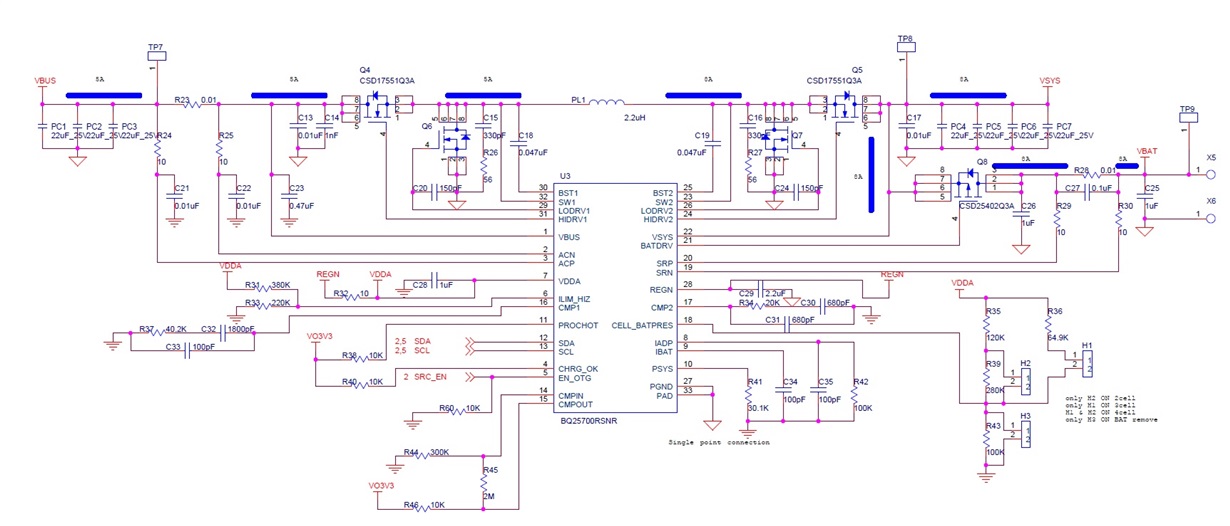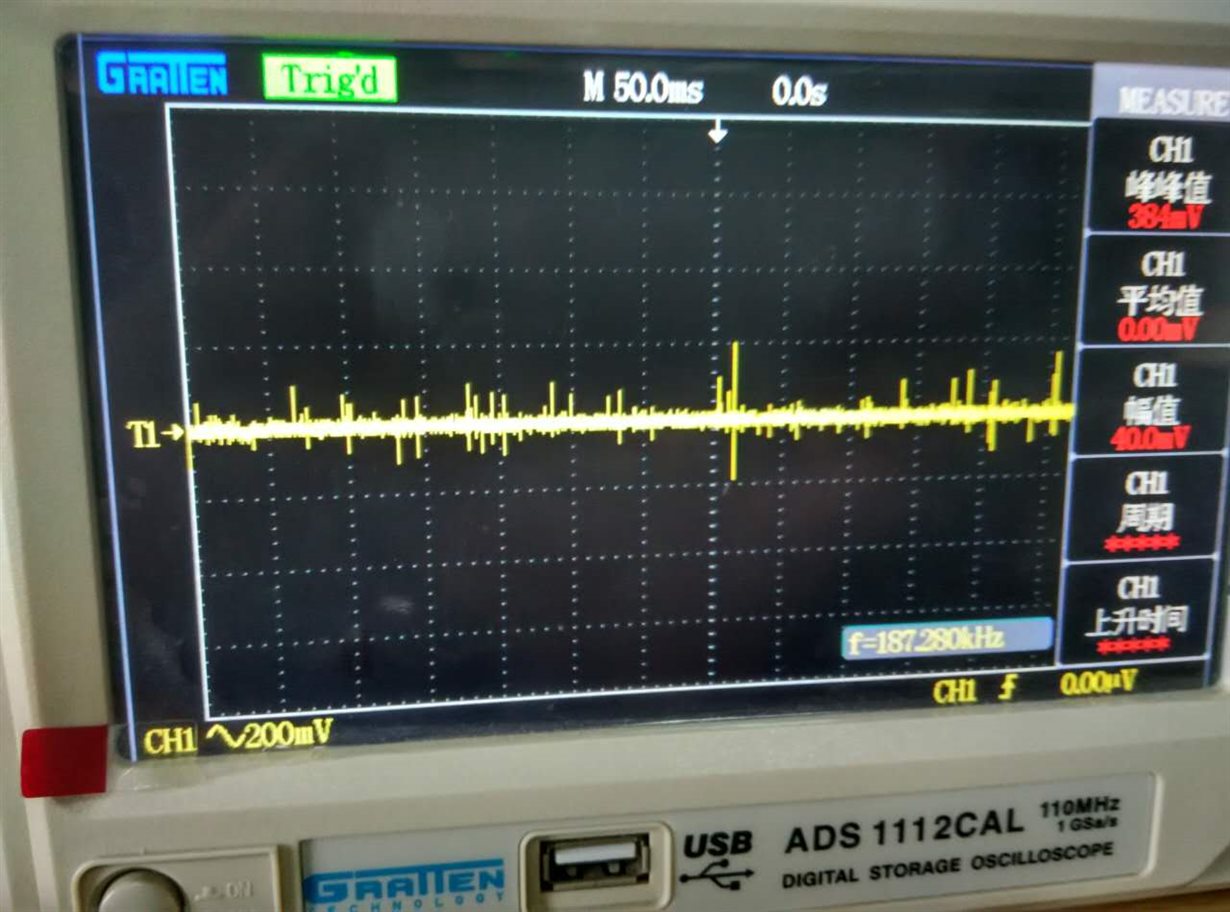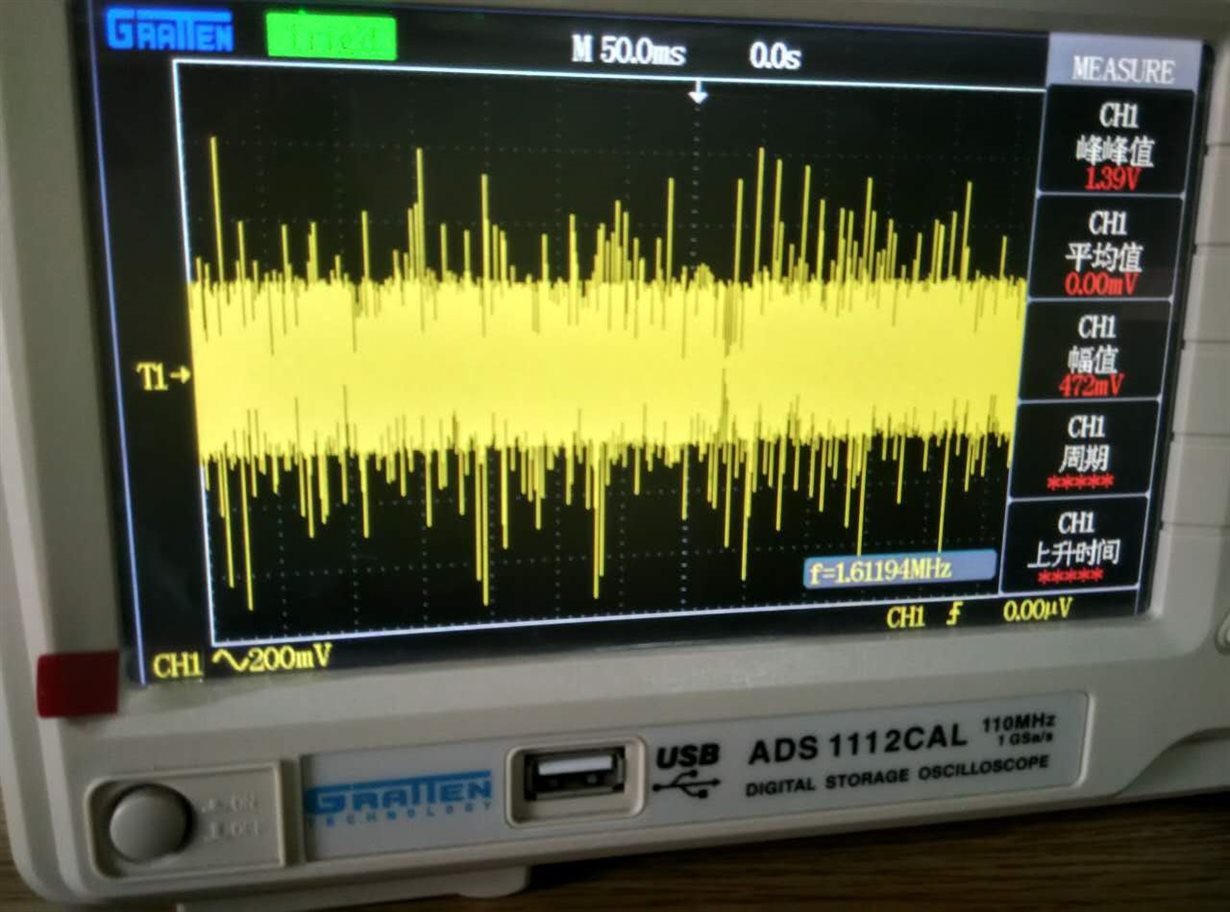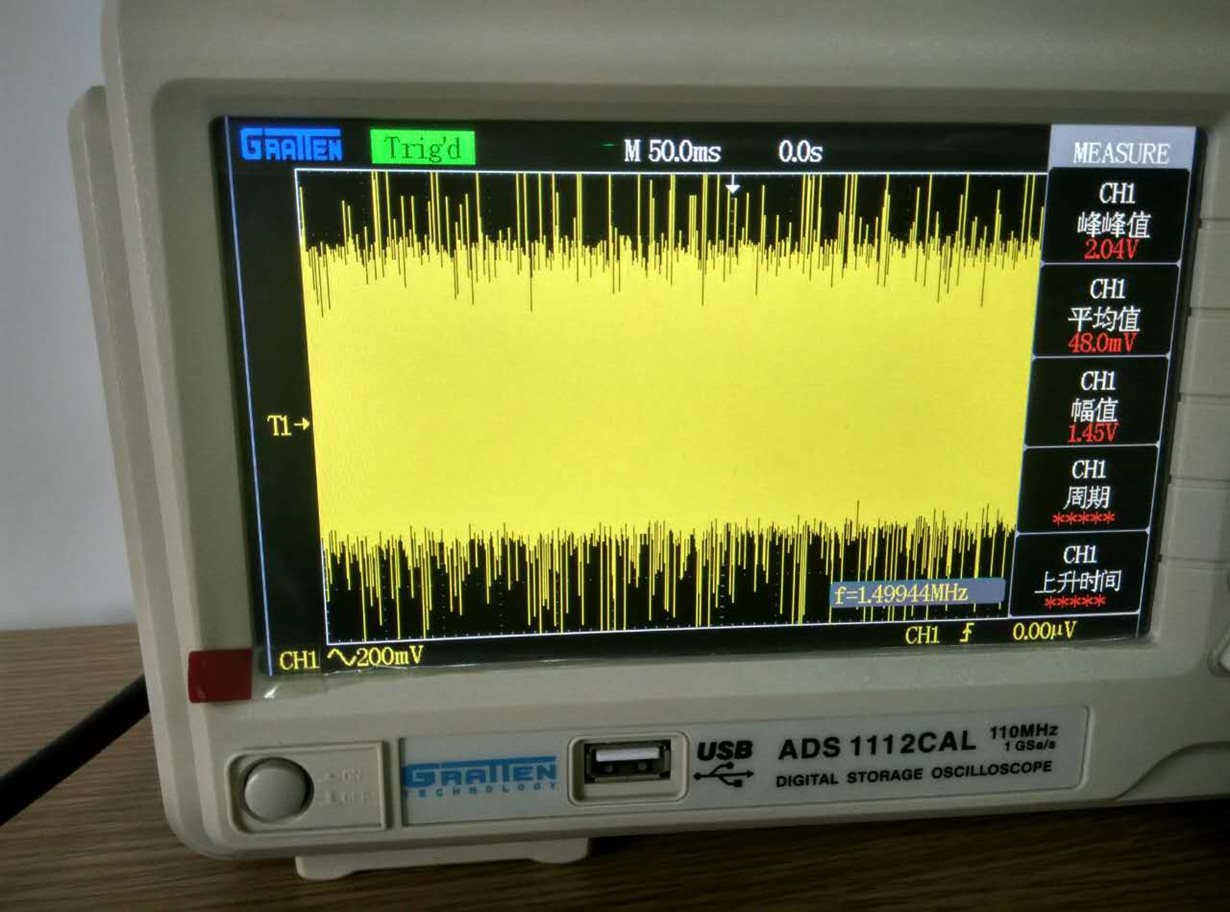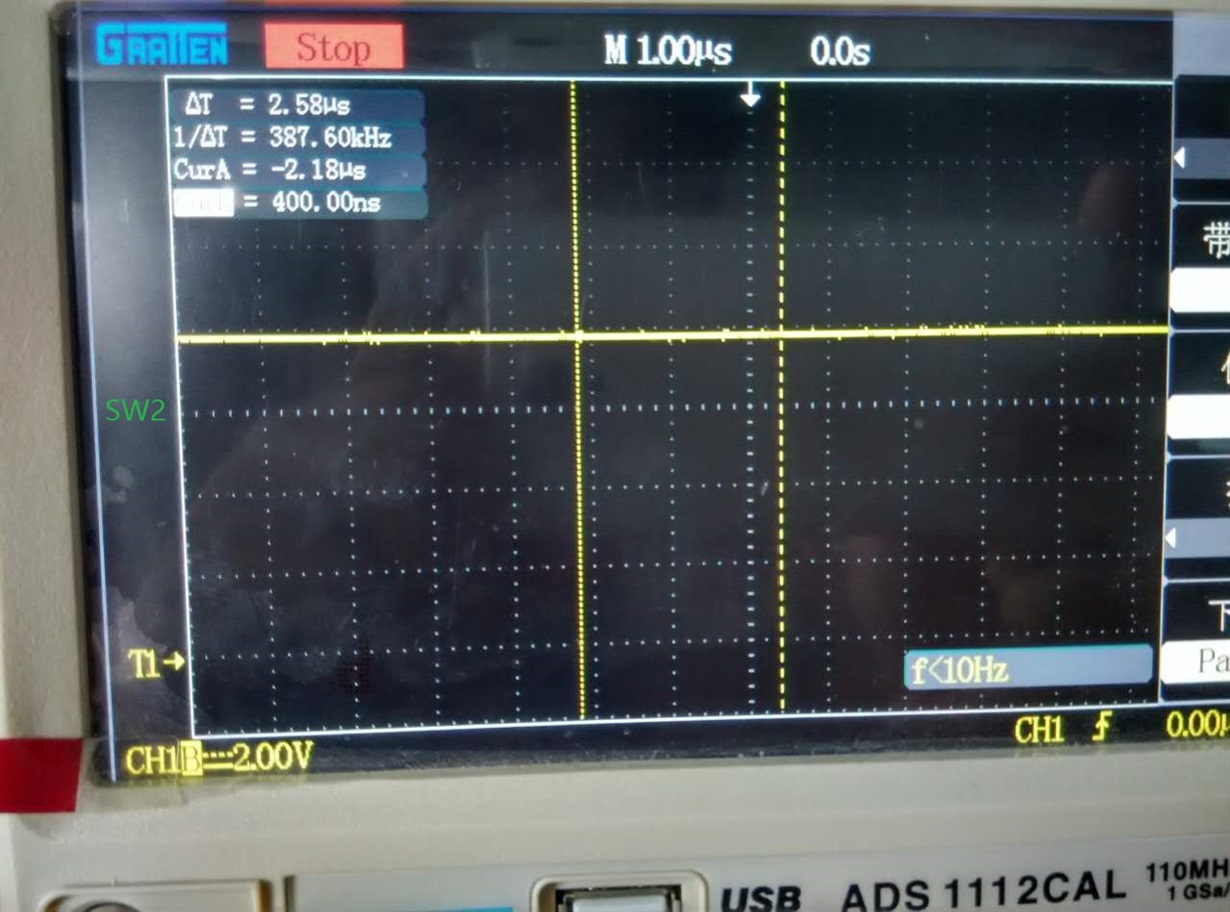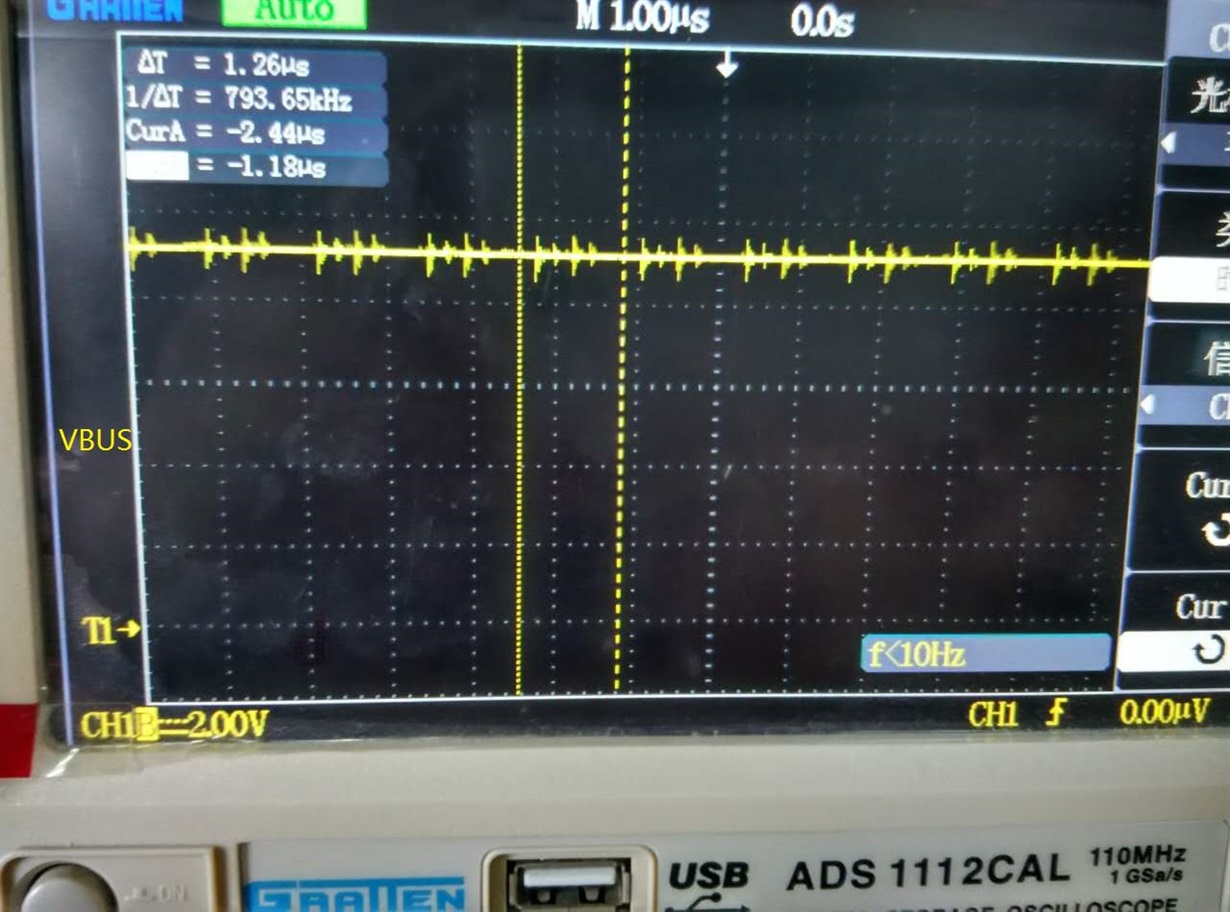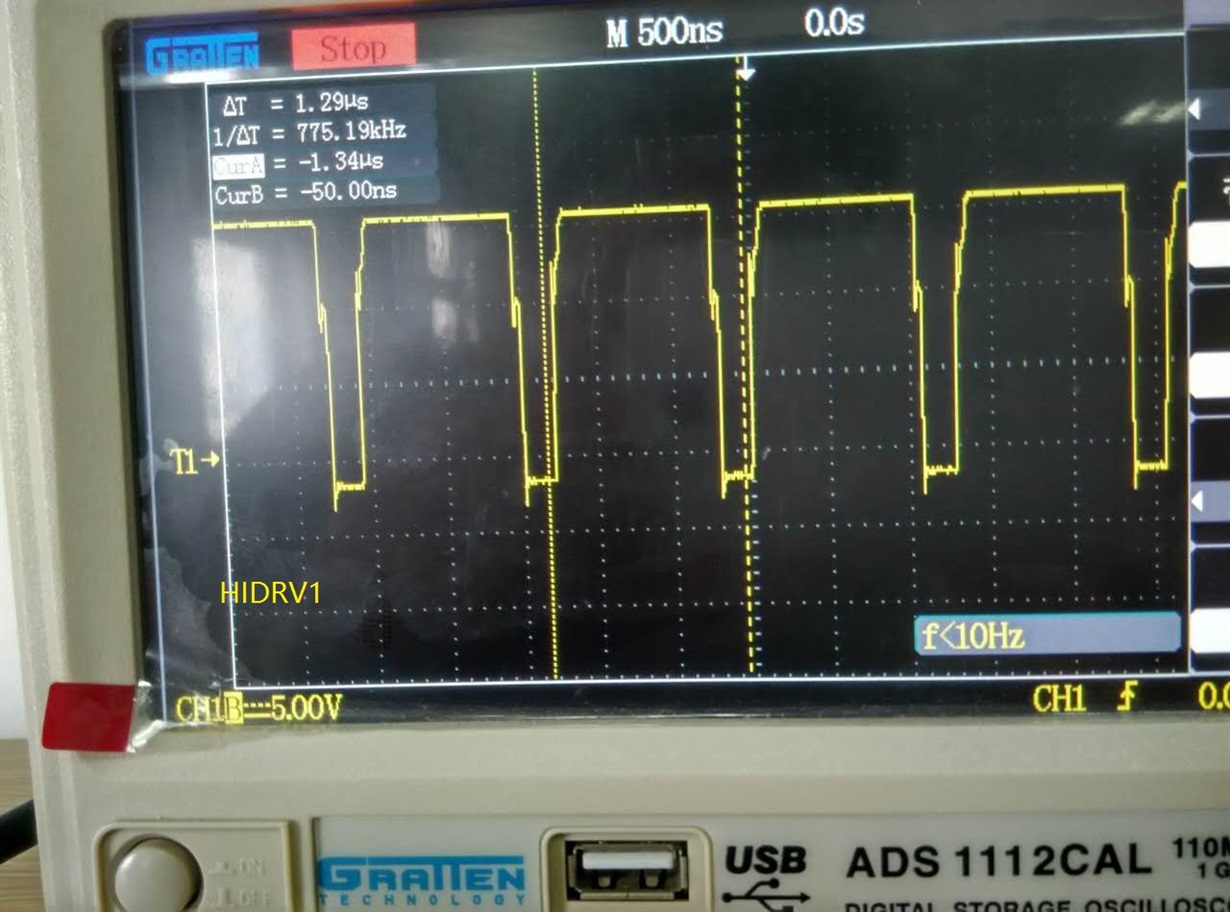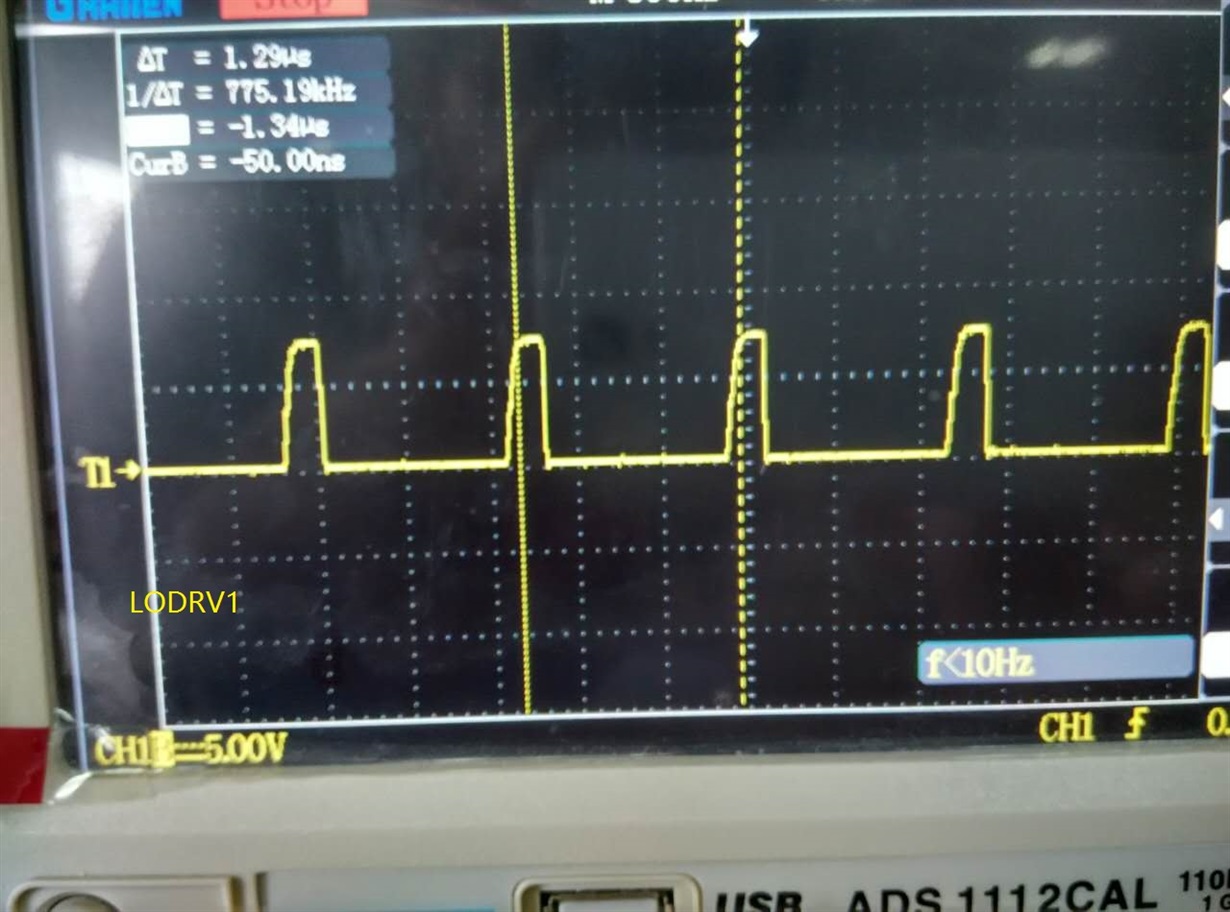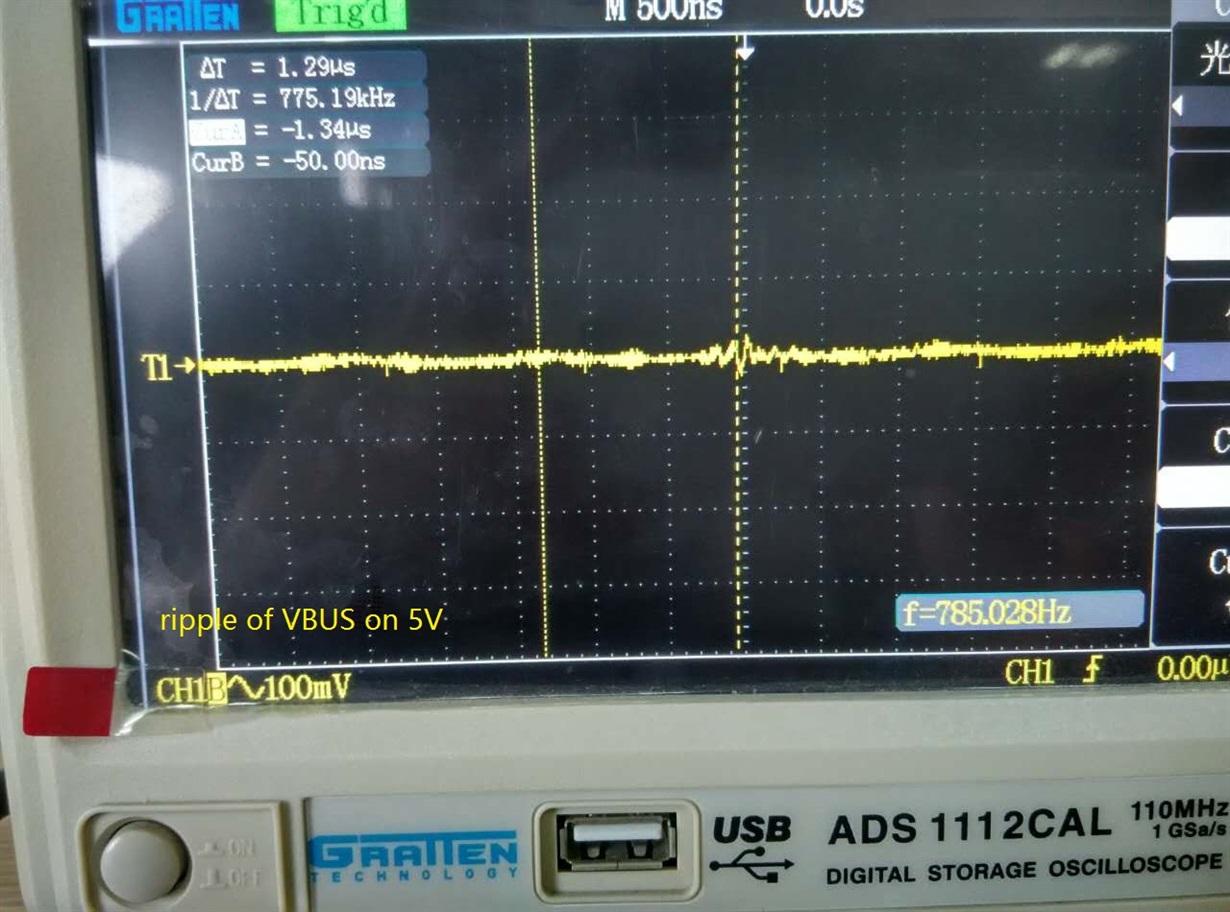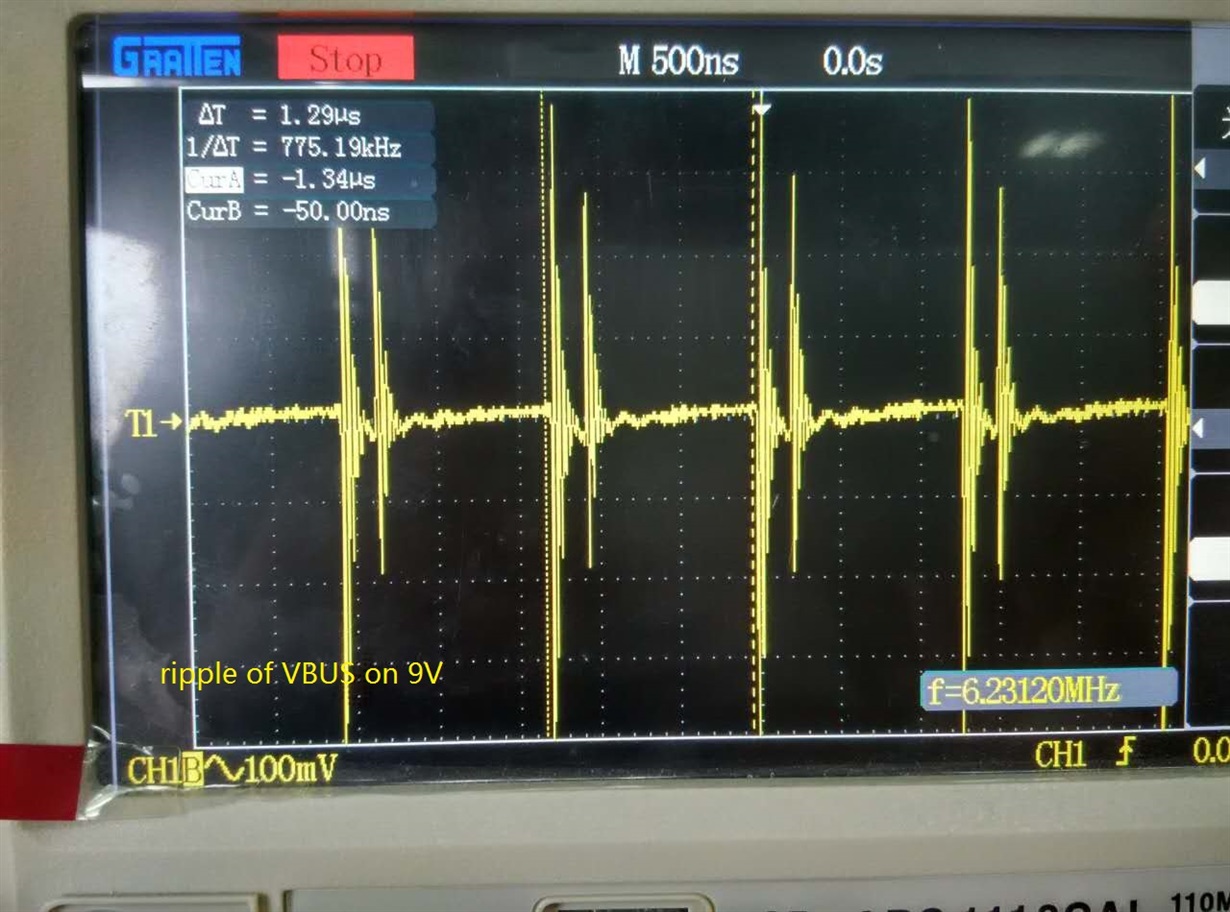Other Parts Discussed in Thread: BQ25703
I'm now designing a power bank based on BQ25703A. When the device works under OTG mode, I found the output ripple is very large. For example, if the output voltage is 9V, the ripple is 384mV@0A, 1.39V@1A and 2.04V@2A. Could you help me how to improve it?
Thanks
Best regards
Ren


